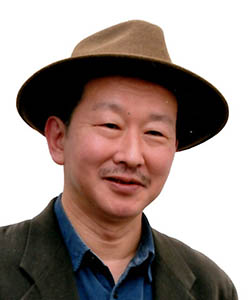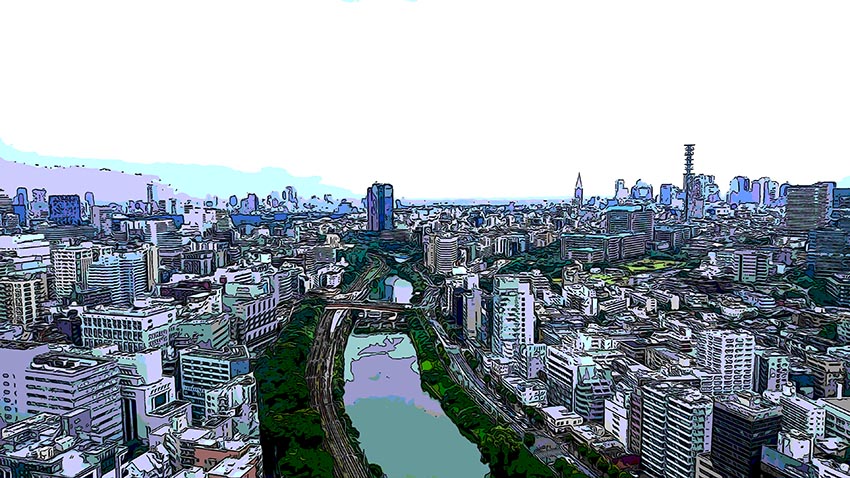OKAMURA, Tamio
Professor, Faculty of Intercultural Communication, Hosei University
Born in Yokohama in 1961. Withdrew from the Division of Letters of the Rikkyo University Graduate School after completing the required credits. Obtained a master’s degree in literature from Rikkyo Uni-versity.
Specialized in studies of culture and representation, location theory

SANDO, Takuto
Full-time lecturer, Faculty of Engineering and Design, Hosei University
Born in Tokyo in 1986. Graduated from the Department of Architecture and Building Engineering, Facul-ty of Engineering, Tokyo Institute of Technology in 2009. Completed the master’s program in the Archi-tecture and Building Engineering, Tokyo Institute of Technology Graduate School of Science and Engi-neering in 2011. Completed the required course credits in the doctoral program of Tokyo Institute of Technology between 2011 and 2018 and then withdrew. Worked at Alejandro Aravena Archi-tects/ELEMENTAL (Chile) in 2012, then as chief architect at Tsukuruba Inc. from 2012 to 2013. Estab-lished Tsubame Architects in 2013 and serves as president of the company. Member of the Housing Re-search Foundation. Obtained a master’s degree in engineering from the Tokyo Institute of Technology.


Representational culture (film, anime, manga, painting, photography, etc.) expresses both the object being represented and the perspective from which it is represented. This project primarily studies representations of Edo-Tokyo of recent years. The discrepancy between the representations and reality in the narrow sense of the word will disclose the current valuation of Edo-Tokyo and the imagination of the past and future.
“Near-future design” means developing a uniquely Japanese urbanism that is a contemporary hybrid of the possibilities of Edo and Tokyo. Due to the COVID-19 pandemic, we have been forced to shift to a lifestyle restricted to the environs of workplaces and residences, and working from home has become the norm. It may be time to reconsider the potential of an Edo lifestyle where workplaces and living spaces were not separated, and of spatial resources (common spaces).
We believe that if experts of representational culture and near-future design—two fields that cover completely different time frames—can collaborate through symposiums and projects, we can create a new image of Tokyo, one that is both new yet grounded in the past and memory.
By focusing on contemporary representational culture, we hope to extract memories, sensitivities and imagined elements related to Edo-Tokyo. For example, images of alleys taken by outstanding photographers and filmmakers suggest the values of dampness, aging, mazes and ambiguous blanks of public and private use that are often overlooked in terms of modernization and urban development. Meanwhile tokusatsu (special effect) SF films, anime and manga are often mythological and folkloric representations that express memories of disasters in Tokyo and the unconscious aspect of boundaries. They can serve as important frames of reference for designing the Tokyo of the near future.
At the same time, if we position the design theories and architectural practices pursued in Japan today as near-future designs of urban Tokyo, we can identify people’s activities that can be considered as new representational culture, such as content tourism and pilgrimages to fictional locations.